NYC H2O provides free Water Ecology and Engineering Field Trips to historic reservoirs and wetlands in all five boroughs for grades 2-12. These field trips meet and exceed NYC and NYS STEM curricular standards.
Each reservoir site has its own dramatic story of how it supplied the city with drinking water. Wetland sites demonstrate how nature protects our City from storm surges and manage stormwater to help the City keep waterways clean and become more resilient in adapting to climate change.
H2O’s team of talented field guides engage students in interactive outdoor activities which support STEM learning with a focus on water ecology. H2O guides explain how reservoirs were built so that the city had enough good quality water to support its growth. Students get to experience these seldom visited, yet public ‘natural’ treasures on field trips and learn how parks were built to protect the reservoirs.
The sites are:
In addition to in-person programs, we also provide live remote instruction via Zoom and Google Meet. These lessons incorporate the history, geography, and ecology of our city as it relates to our water system. Here are the lessons to choose from:




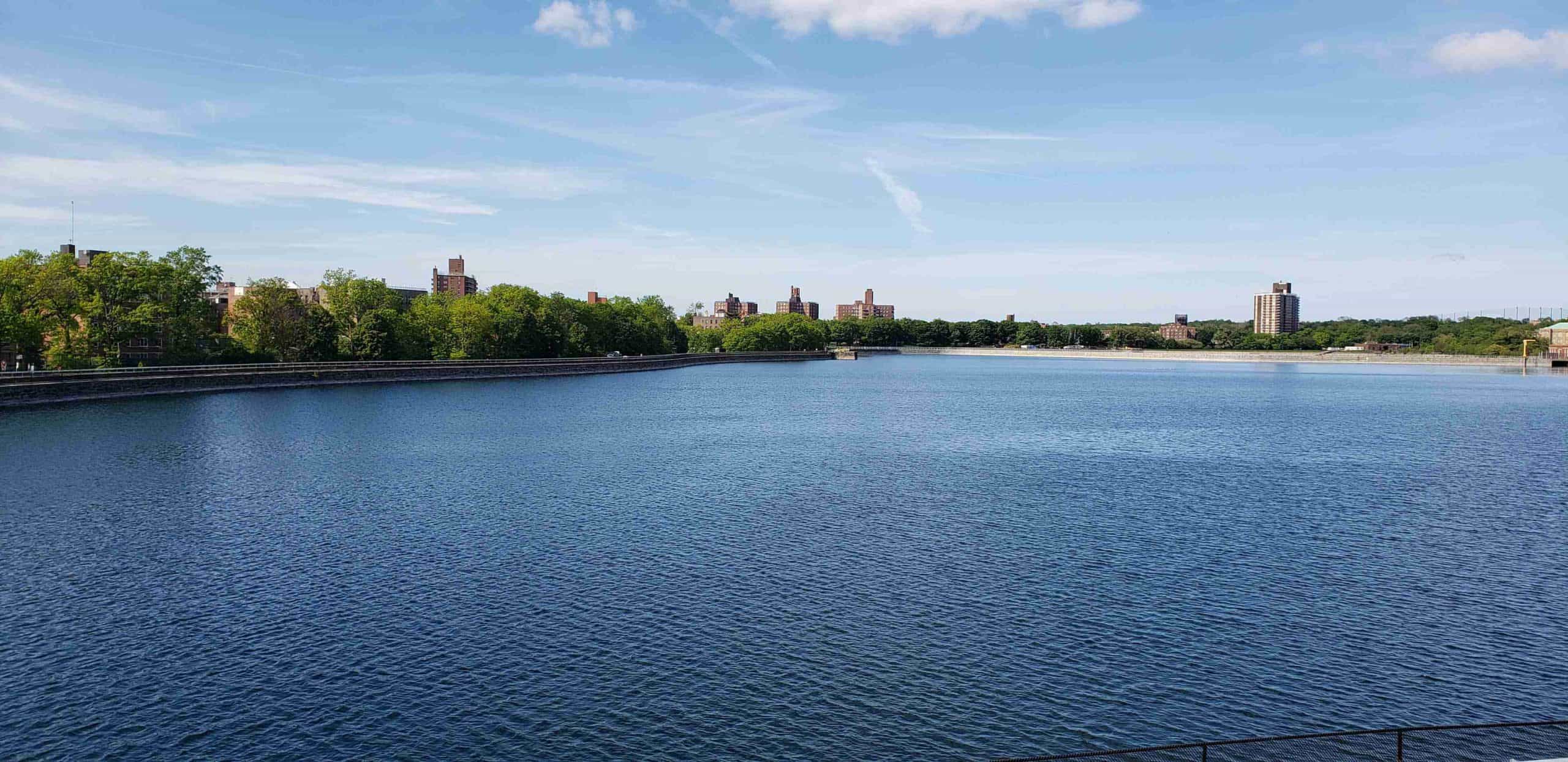
The Jerome Park Reservoir sits on the grounds of the racetrack where the Belmont Stakes was first run, before the city took over the land to create a reservoir for the "New Aqueduct" [Croton Aqueduct]. Come learn what improvements are being made; explore the rich history of the neighborhood where the Revolutionary War Fort Independence used to be and more recently the Italian community of Villa Avenue!
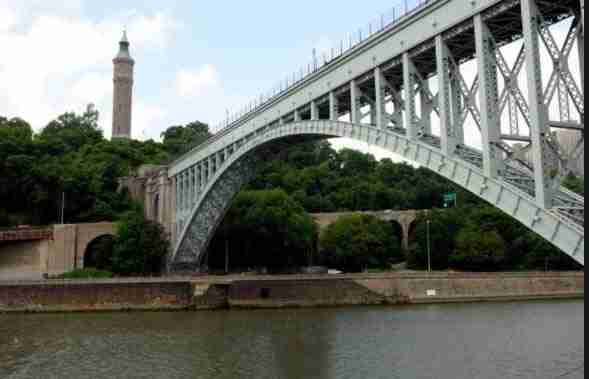
Built as part of the original Croton Aqueduct, this bridge carried fresh water into Manhattan from outside NYC for the first time. Come learn the rich history of New York City’s oldest standing bridge, and enjoy some of the best views of the Harlem Valley and the Bronx!
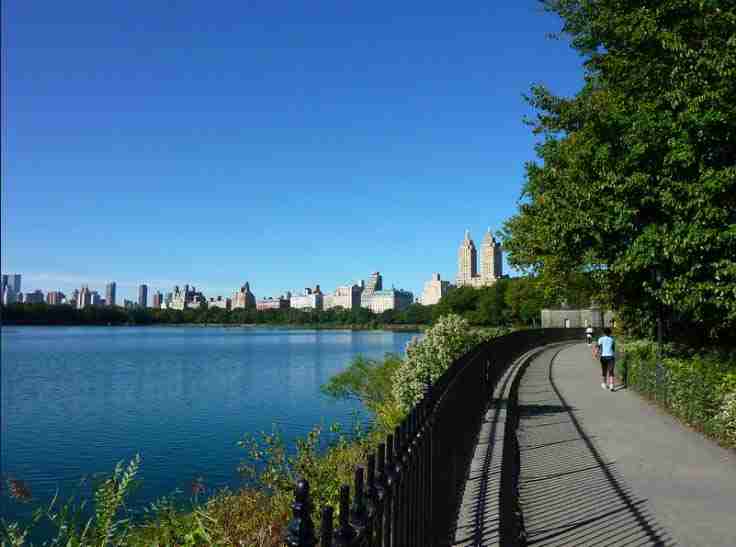
The Central Park Reservoir holds 1 billion gallons of water, which is the amount of freshwater that NYC residents consume every single day. On this tour, students will see first hand remnants of these historic facts and learn about this engineering marvel, which allowed the city to grow and prosper!
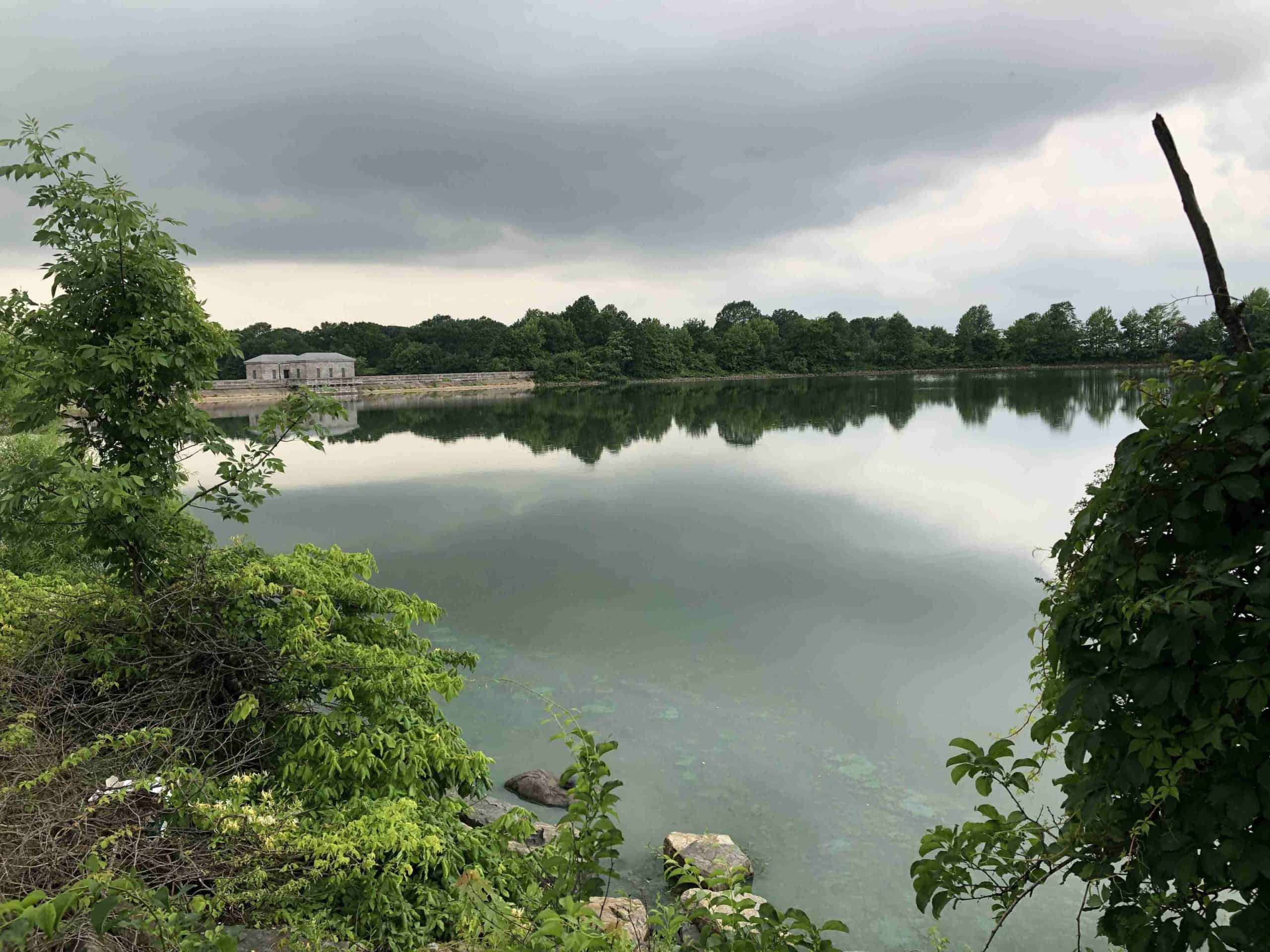
Originally a spring fed pond on Staten Island, Silver Lake Reservoir was chosen as the landing point for water coming down from the Catskills. By 1917 the lake had been transformed into a 56 acre reservoir with a capacity of 400M gallons! On this tour, students will learn about the native plants, animals, and the rich NYC history, as we explore the surrounding park of Silver Lake Reservoir.
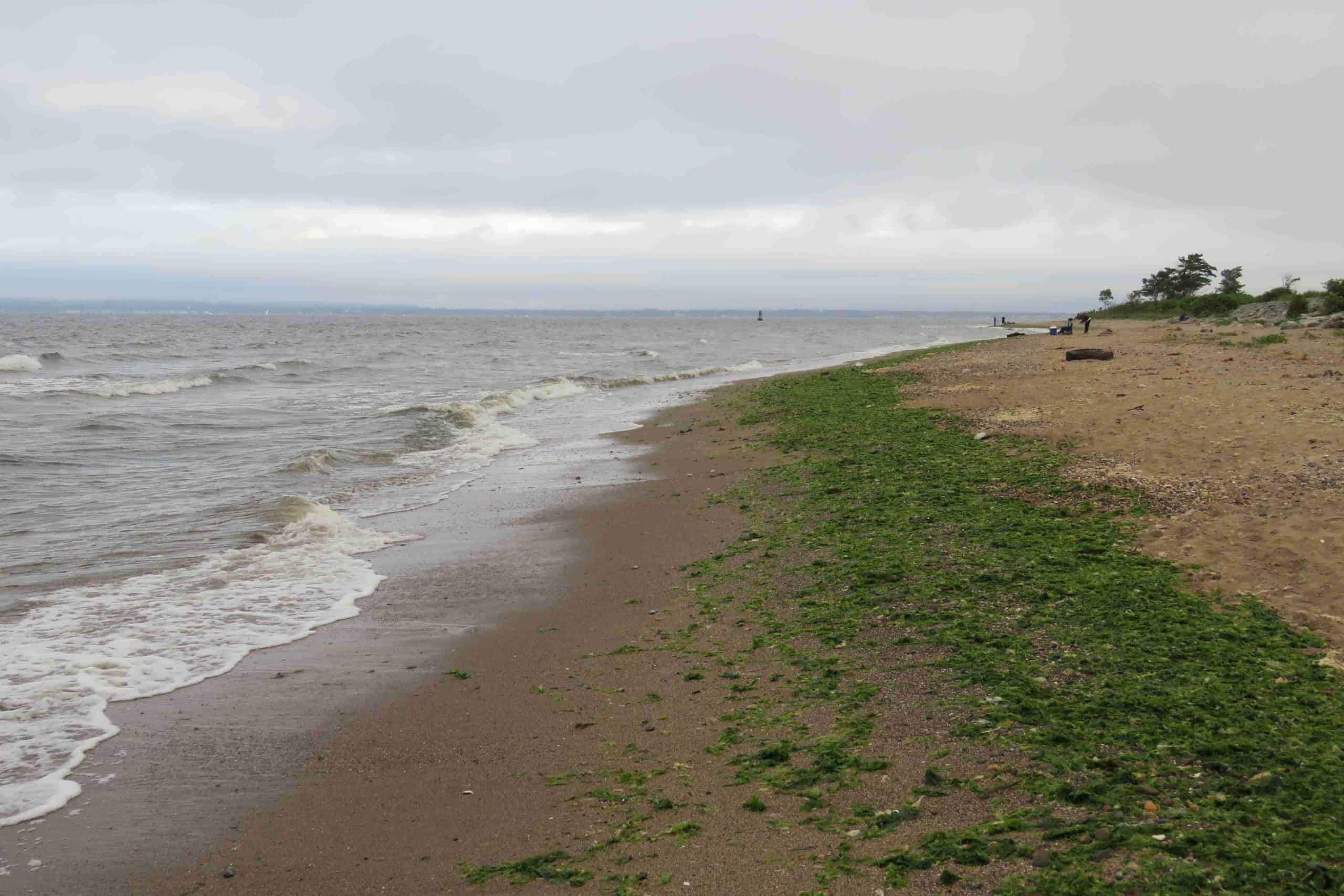
Lemon Creek is part of a unique-to-NYC green infrastructure project called the Bluebelt, which directs rain into waterways, eventually flowing into Raritan Bay and the harbor. Join us to explore these elements up-close, and experience how city and nature collaborate to problem-solve!
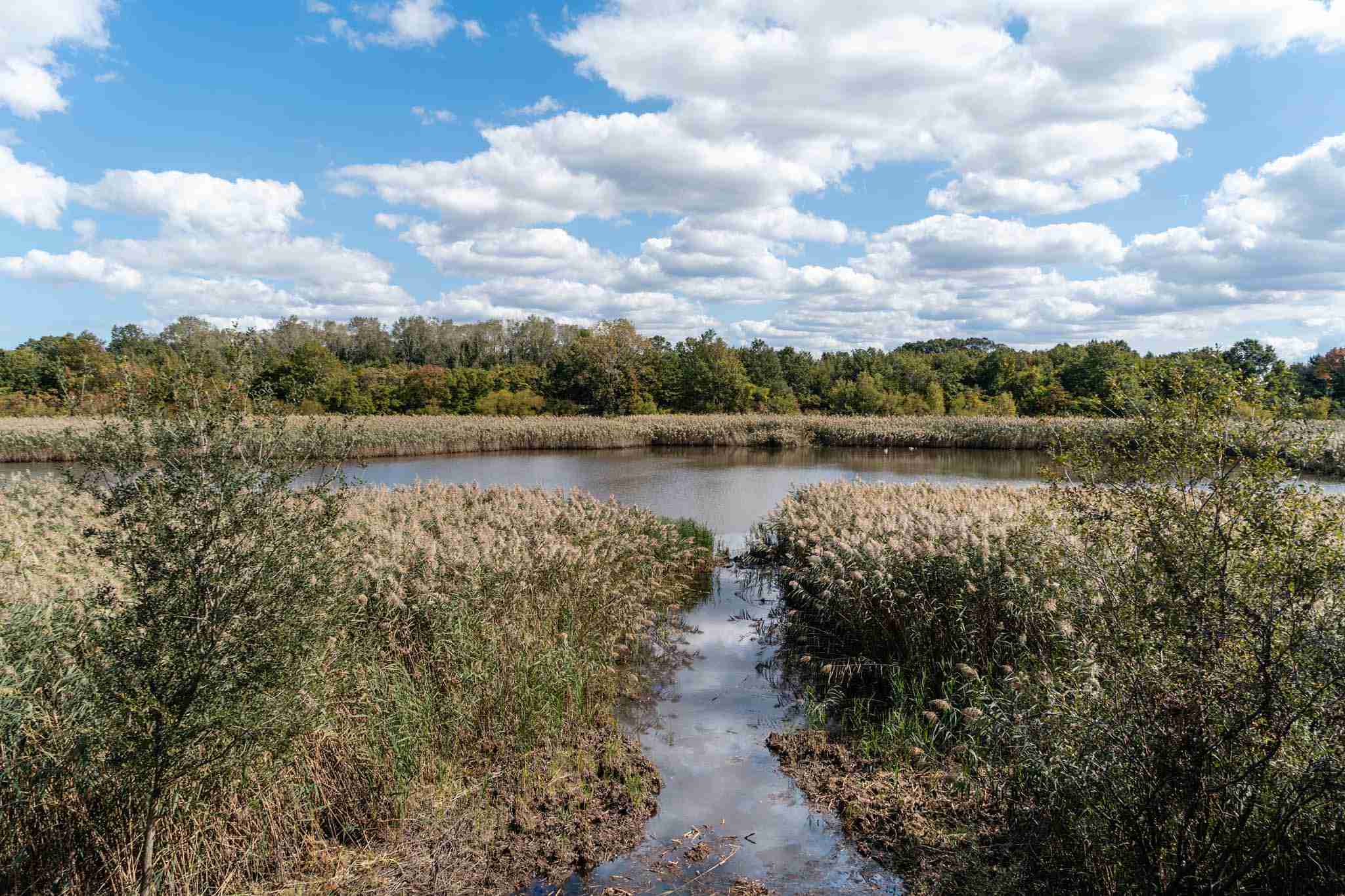
The historic Ridgewood Reservoir was at the center of the now defunct water supply system that served the once-independent City of Brooklyn. This system supported Brooklyn's growth by bringing fresh water from Queens and Long Island to the Reservoir. On this tour, students will learn of Brooklyn’s water history and experience how nature has reclaimed these urban ruins.
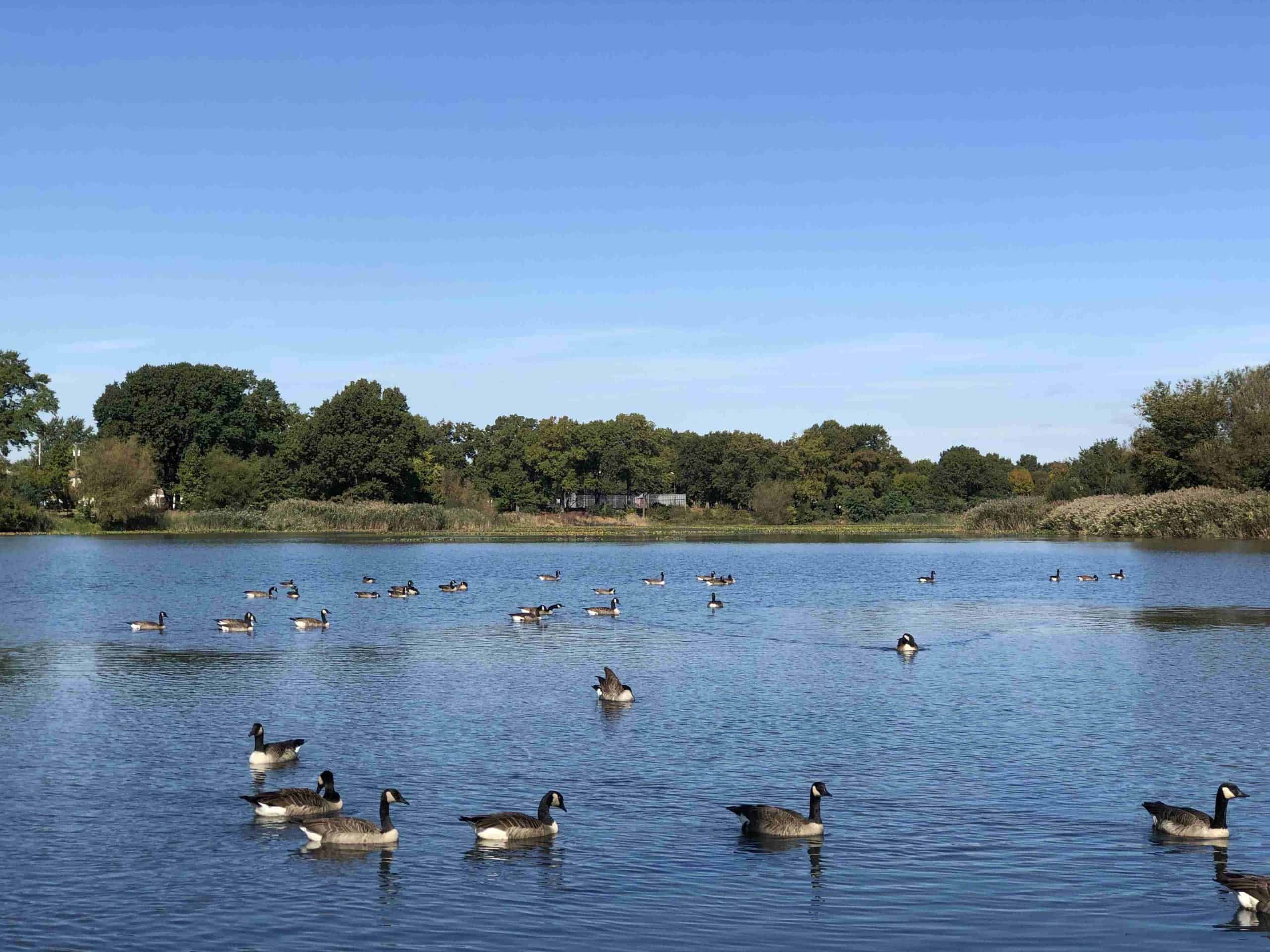
Originally several streams, Baisley Pond was created by farmers who built a dam in order to power their grain mills! As the city of Brooklyn built out its waterworks in the 1850s, they bought the water body and transformed it into a reservoir. On this tour, students will learn the history behind why the reservoir was eventually taken off-line, as we explore the native plants and animals in the surrounding park of Baisley Pond.
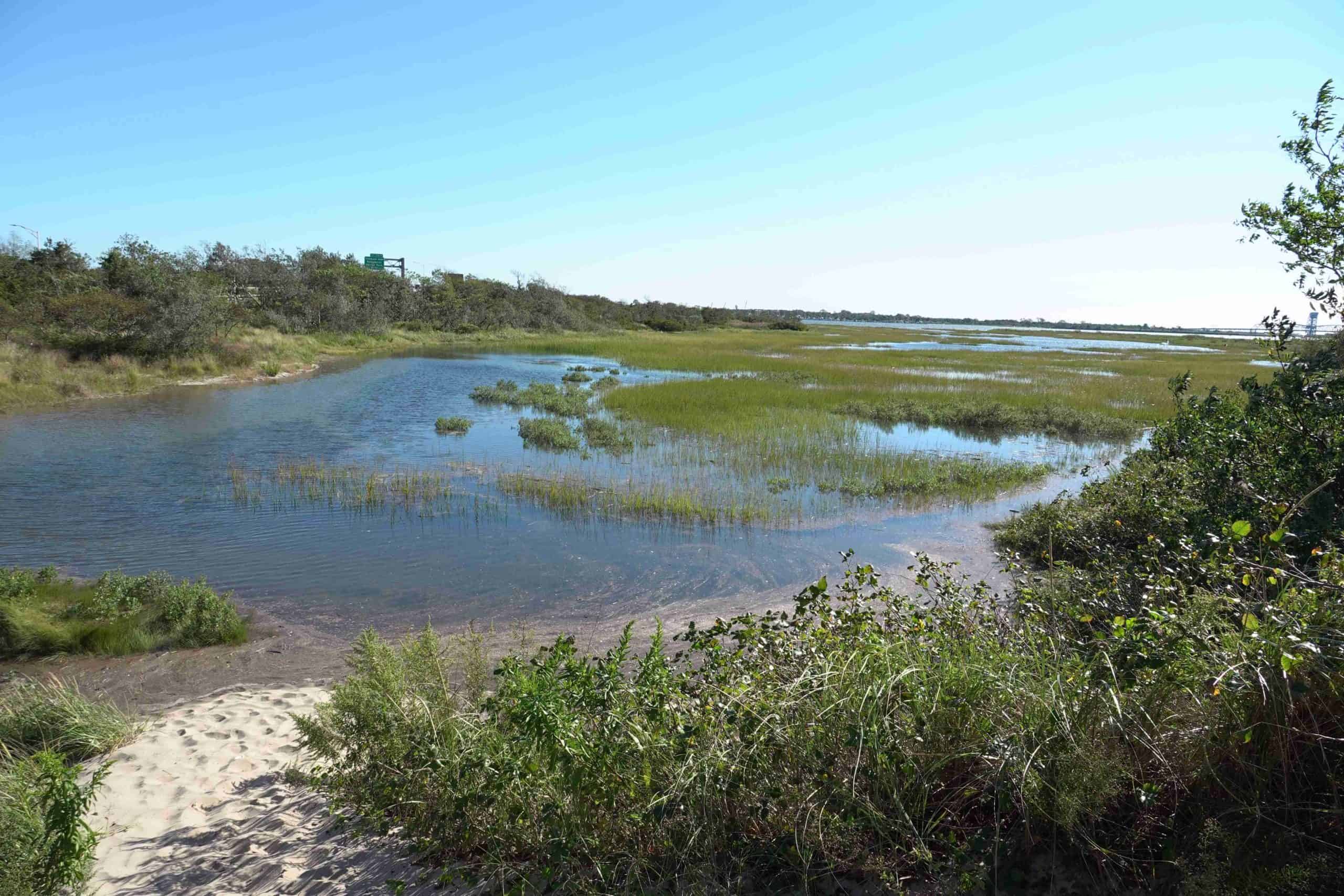
With a major NYC highway just feet from the water, this historic waterfront was identified by the Army Corps of Engineering as particularly vulnerable to extreme consequences. Today, students can explore the beach and learn about how green infrastructure projects like this site create habitat for wildlife, and help protect our city from natural disasters.
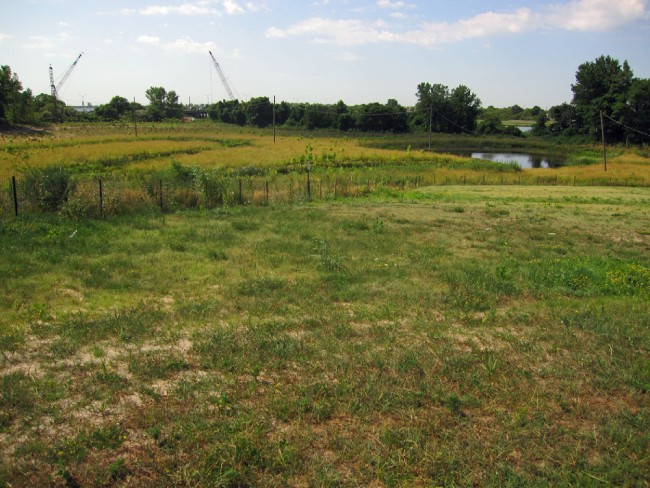
Canarsie Park and neighborhood got their names from the Canarsie (or Canarsee) Indians who once lived in western Long Island. Canarsie Park has a sprawling 130+ acres of recreational parkland and features oak-pine barren forest and wetlands with flood-tolerant trees such as sweet gum, sycamore, American white-cedar and winterberry holly. Come take a tour with us at this recently-restored natural area and learn about NYC’s drinking water and urban ecology through a series of hands-on lessons.